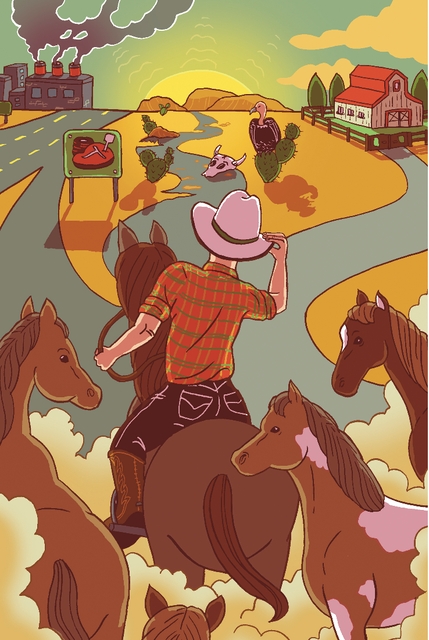Horse Slaughter Raises Hackles: Valley Meat Faces Backlash From Animal Activists And Politicians
Valley Meat Faces Backlash From Animal Activists And Politicians


Latest Article|September 3, 2020|Free
::Making Grown Men Cry Since 1992



